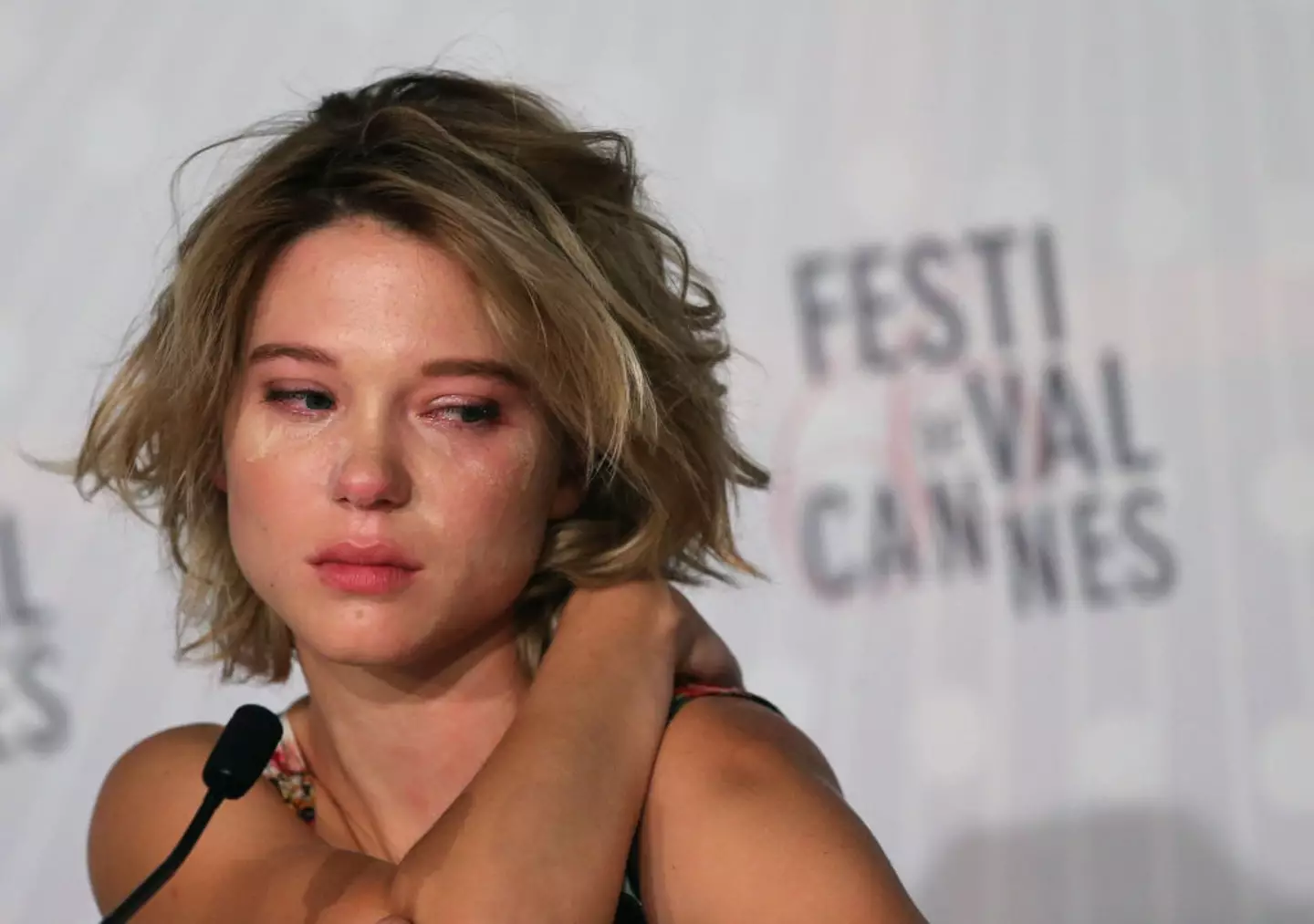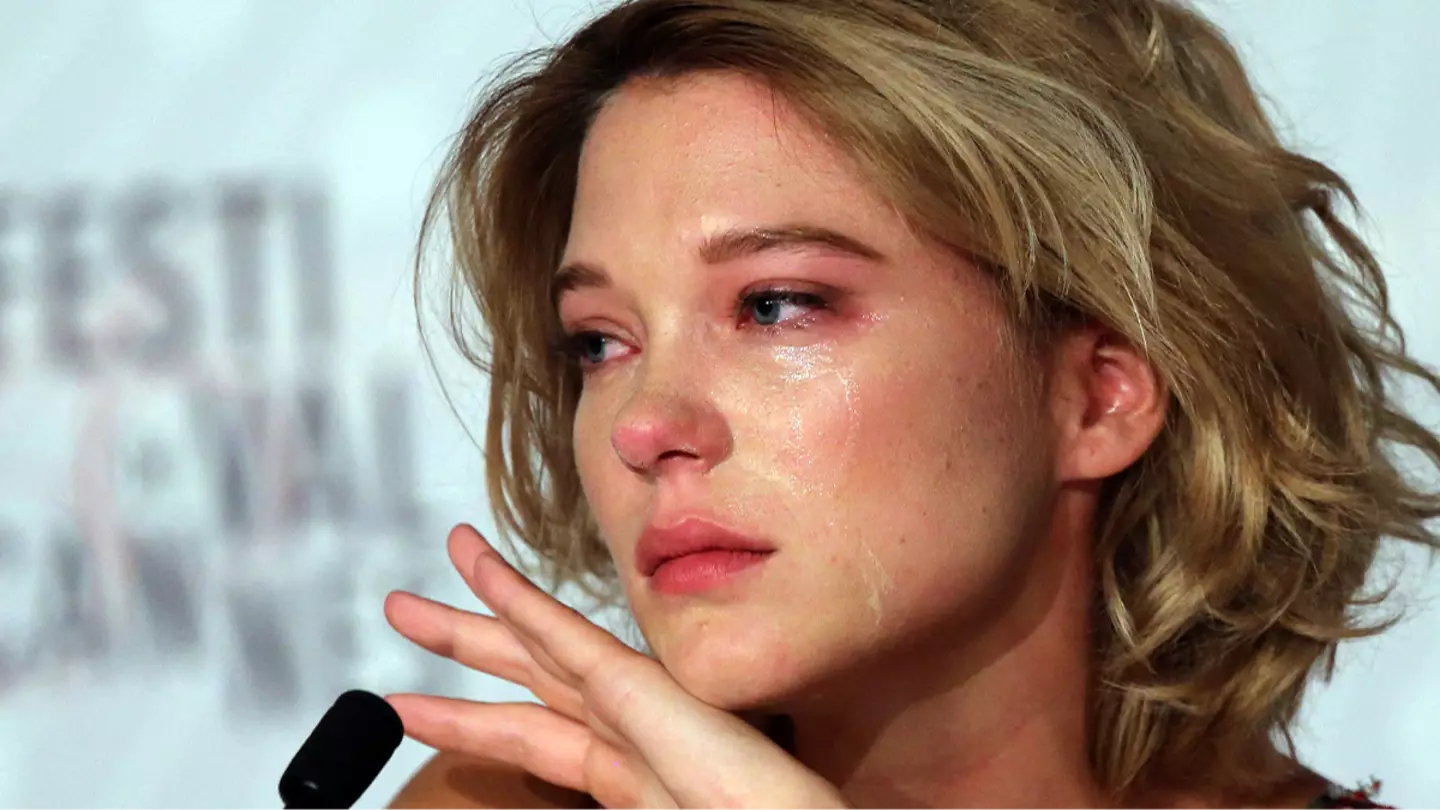An actress known for participating in one of cinema’s most controversial and visually explicit scenes shared her emotional experience while attending the Cannes Film Festival.
Before becoming widely recognized for her role as Dr. Madeleine Swan in the James Bond movies “Spectre” and “No Time to Die,” Lèa Seydoux took on a challenging part in the 2013 romantic-drama film “Blue is the Warmest Color.”
This French film, directed by Abdellatif Kechiche, features Seydoux in one of its leading roles, alongside co-star Adèle Exarchopoulos.
In the movie, Seydoux and Exarchopoulos portray Emma and Adèle, respectively, two women involved in a passionate and intense relationship as Adèle grapples with discovering her sexuality.
Based on a 2010 graphic novel by French author Jul Maroh, the film sparked significant reactions within the film industry, particularly due to the explicit depiction of Emma and Adèle’s relationship.

One notable scene, which lasts six minutes, was filmed over a span of ten days. Seydoux herself acknowledged that this experience led her to question her own sexuality.
Despite these challenges, the film was met with critical acclaim, winning the Palme d’Or. During the Cannes press conference in 2013, Seydoux was seen in tears when Kechiche complimented her work.
In an Esquire interview, Seydoux explained her tears, stating, “I remember, it was terrible because I felt so embarrassed.”
She elaborated that her emotions were tied to the film’s creation and the shared experiences with Exarchopoulos. Seydoux described it as “a very emotional moment. It was like… relief that the film was shown to the audience. And of course, because this film was difficult to shoot.”
However, Seydoux also expressed her reluctance to engage in another project like “Blue is The Warmest Color” or to work with Kechiche again.

She stated, “I would love to do another film that requires all my being. But with, like, no. Of course I wouldn’t work with him again.”
Clarifying her stance further, she noted that her issues were not with the numerous takes or the demands placed on her as an actress. Instead, her concerns stemmed from the lack of personal life and isolation during filming.
“That was difficult. But I’m very happy that the film has this success,” she added.
Despite its success, “Blue is The Warmest Color” faced criticism. Maroh described a particular scene as resembling ‘porn,’ and Seydoux termed her filming experience ‘horrible.’
Kechiche, in an interview, remarked that the film was ‘too tarnished’ to be released and described his feelings post-Palme d’Or award as “humiliated, dishonoured, rejected – as if I’m cursed.”
He also criticized Seydoux’s public comments, calling them “worse than biting the hand that feeds you,” and reflecting “a lack of respect for a profession I consider sacred.”

